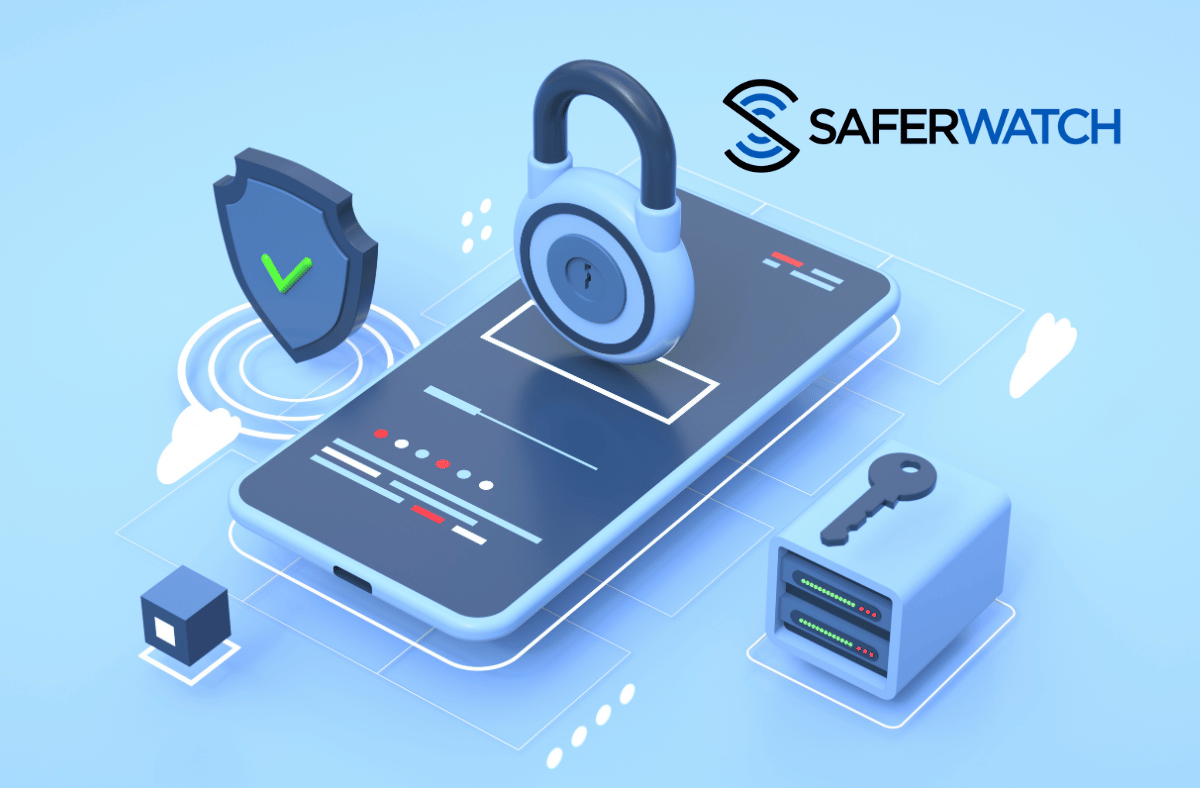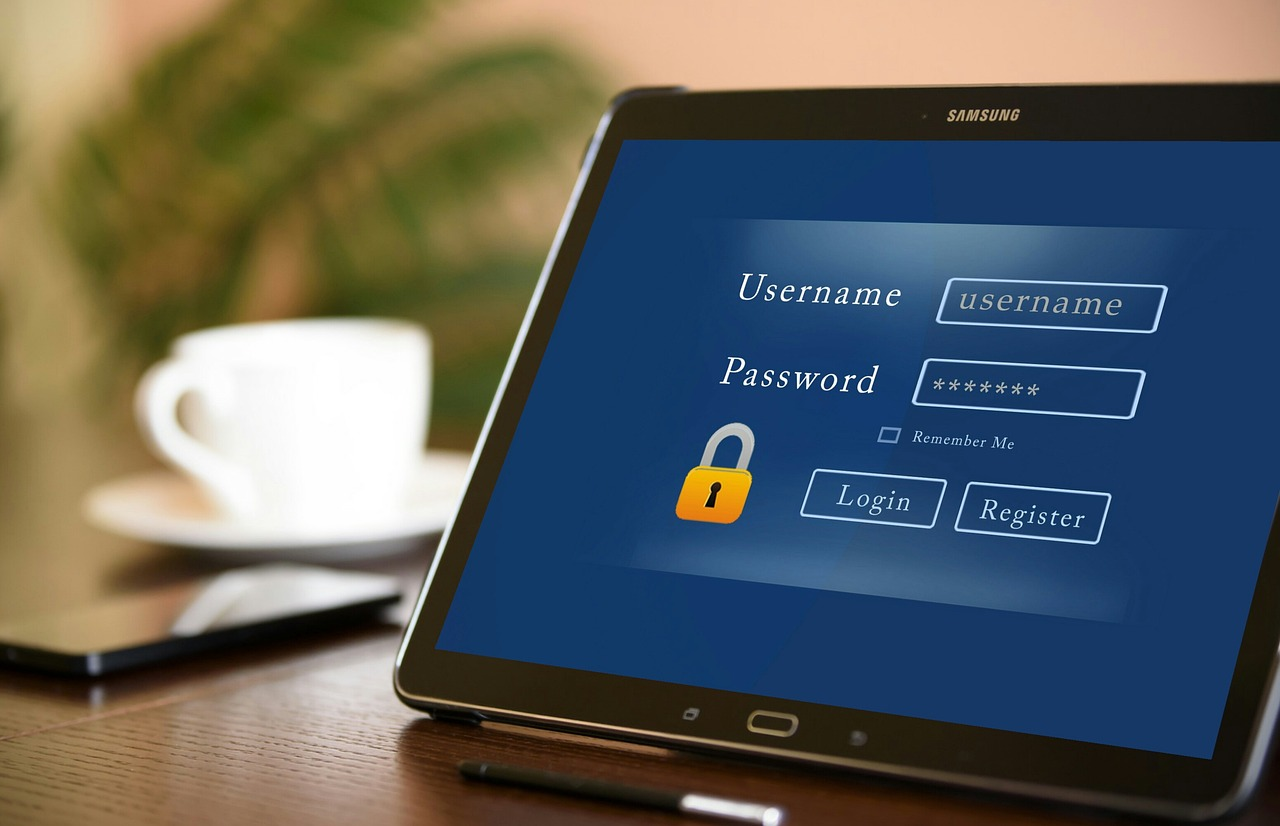Choosing The Best Possible Threat Management Tool

In today’s interconnected world, protecting an organization’s assets and data from potential harm is of paramount importance. While external threats often take center stage, insider threats pose a significant risk that cannot be overlooked. In this blog post, we will discuss the importance of insider threat detection, key features of threat detection tools, and best practices for implementing an insider threat management program. Get ready to explore the world of insider threat detection and learn how to stay one step ahead of potential threats with the help of threat detection tools.
Quick Summary
- Understand insider threat detection to protect assets and data from malicious insiders.
- Implement tailored strategies, including monitoring user activity, entity behavior analytics, and automated responses/alerts for different types of threats.
- Adopt a continuous improvement mindset by reviewing security protocols and investing in training initiatives to stay up-to-date with evolving strategies.
Understanding Insider Threat Detection
Insider threat detection, including the use of insider threat detection systems, is a critical component of an organization’s security strategy, as it aims to safeguard assets and data from potential damage caused by employees or other insiders. These insiders are individuals with authorized access to corporate data and infrastructure, such as employees, third-party contractors, and business partners.
With the rise of cyber threats and the increasing sophistication of malicious insiders, it’s crucial for organizations to invest in reliable insider threat detection tools and strategies to prevent data leaks and unauthorized access to sensitive information.
The rise of insider threats
Insider threats have become increasingly prevalent in recent years, posing significant risks to organizations’ security and requiring robust detection tools to mitigate potential damage. These threats can involve the misuse of privileged access to commit data theft, corrupt or eliminate valuable corporate or employee data, as well as security incidents that may arise inadvertently from those with access to corporate assets.
Investing in reliable insider threat detection tools can offer organizations an additional layer of protection, assisting in averting potential security incidents before they cause considerable damage. However, detecting and investigating incidents caused by insiders can be challenging, as these threats often involve complex, subtle, and evolving tactics. To identify insider threats effectively, it is crucial to have a robust threat detection system in place.
Types of insider threats
Insider threats can take various forms, such as malicious or inadvertent actions, which necessitate distinct detection and prevention measures. Malicious insiders may use their privileged access to intentionally harm the organization, while inadvertent actions can result from employee negligence or lack of awareness.
To effectively address different types of insider threats, organizations must implement tailor-made detection and prevention strategies. This includes:
- Monitoring user activity to identify potential threats
- Leveraging entity behavior analytics to detect unusual behavior
- Employing automated responses and alerts to quickly react to potential incidents
By adopting a comprehensive approach to insider threat detection, organizations can ensure their assets and data are well-protected against both malicious and inadvertent insider threats.
Key Features of Insider Threat Detection Tools
Insider threat detection tools, including a reliable insider threat detection tool and insider threat detection software, offer a range of key features designed to provide comprehensive protection against insider threats. These features include user activity monitoring, entity behavior analytics, and automated responses and alerts.
By combining these capabilities, organizations are better equipped to identify, prevent, and respond to potential insider threats, ensuring the security of their valuable data and assets.
User activity monitoring
User activity monitoring plays a crucial role in tracking and analyzing employee actions, identifying potential threats, and preventing unauthorized access to sensitive data. By continuously monitoring user activity, organizations can gain insights into employee behavior, detect suspicious actions, and quickly respond to potential threats before they escalate.
Various tools are available for user activity monitoring, and they offer a range of features, including activity monitoring, access logging, and granular access management, which enable organizations to effectively detect and prevent insider threats.
Implementing user activity monitoring as part of an insider threat management program is essential for ensuring that employees are aware of the risks posed by insiders and the steps they can take to protect the organization.
Entity behavior analytics
Entity behavior analytics is an AI and machine learning-based solution that can detect anomalies in user behavior, allowing for the identification of potential insider threats and enabling timely response. By establishing a baseline of user behavior and identifying unusual activity, entity behavior analytics can help organizations detect malicious activities and potential insider threats more effectively.
User and entity behavior analytics (UEBA) is a sophisticated feature of insider threat detection tools, utilizing artificial intelligence to detect anomalous user behavior. These tools allow technicians to analyze related security events and gain further insight into potential insider threats. By incorporating entity behavior analytics into their insider threat detection strategies, organizations can significantly enhance their ability to detect and respond to insider threats.
Automated responses and alerts
Automated responses and alerts provide organizations with the capability to swiftly respond to potential threats, thereby reducing the impact of insider attacks. Security Orchestration Automation and Response(SOAR) is a suite of tools designed to enable security teams to establish rules based on conditions or thresholds and apply tailored responses to each event. By integrating these tools into a security operations center, organizations can further enhance their threat detection and response capabilities.
Configuring alerts in tools like Paessler PRTG and Log360 allows organizations to automate responses to detected threats, ensuring a rapid and efficient reaction to potential insider threats.
Implementing automated responses and alerts as part of an insider threat management program can significantly improve an organization’s ability to detect and respond to potential threats, minimizing the potential damage caused by insider attacks.
SaferWatch Threat Management Tool
SaferWatch Threat Management Tool offers a comprehensive solution for insider threat detection, combining user activity monitoring, entity behavior analytics, and automated responses to protect organizations from potential harm. Its robust feature set enables organizations to effectively monitor employee activity, detect suspicious behavior, and respond swiftly to potential insider threats.
Ensuring the security of their valuable data and assets is a top priority for organizations, and the SaferWatch Threat Management Tool provides the tools.
Implementing an Insider Threat Management Program
Implementing an insider threat management program involves developing policies and procedures, training employees, and integrating technology to ensure a robust defense against insider threats. By adopting a comprehensive approach to insider threat management, organizations can effectively identify, prevent, and respond to potential threats, safeguarding their assets and data from potential harm caused by employees or other insiders.
Developing policies and procedures
Developing policies and procedures for an insider threat management program is essential for providing a framework for organizations to:
- Identify, assess, and respond to insider threats
- Ensure that employees are aware of the risks posed by insiders and the steps they can take to protect the organization
- Establish clear guidelines for identifying, reporting, and responding to insider threats
- Minimize confusion and enable swift action
These policies and procedures help protect the organization from insider threats and ensure a proactive approach to security.
In addition to establishing a clear framework, organizations must also ensure that their policies and procedures are up-to-date and reflect the latest threats and best practices in the field of insider threat detection. By regularly reviewing and updating their policies and procedures, organizations can stay ahead of evolving threats and ensure optimal protection against insider attacks.
Training and awareness
Training and awareness programs play a critical role in ensuring that employees understand the risks associated with insider threats and their role in preventing them. Through regular training sessions, workshops, online courses, and other educational initiatives, organizations can foster a security-conscious culture and empower employees to take proactive steps to protect themselves and their organization.
An effective training and awareness program should encompass a comprehensive security policy, periodic training sessions, workshops, online courses, and other educational activities. Additionally, it should feature a system for monitoring employee activity and providing feedback to ensure adherence to the security policy.
By investing in training and awareness initiatives, organizations can significantly reduce the likelihood of insider threats and ensure the safety and security of their assets and data.
Technology integration
Technology integration is imperative for a successful insider threat management program. By integrating threat detection tools into existing security infrastructure, organizations can effectively monitor user activity, detect unusual behavior, and respond quickly to potential threats. Some examples of technology integration include the use of user activity monitoring tools, entity behavior analytics, and automated responses and alerts.
In addition to implementing the right tools and technologies, organizations should also ensure that their security measures are effective and up-to-date. This includes:
- Assessing the efficacy of existing tools and strategies
- Recognizing any deficiencies or vulnerabilities
- Deploying fresh tools and strategies as required
By staying abreast of the latest threats and developments in the field, organizations can ensure that their insider threat detection capabilities remain cutting-edge and effective.
Case Studies: Successful Insider Threat Detection
Successful implementation of insider threat detection tools and strategies can significantly reduce the risk of data breaches and unauthorized access to sensitive information. One such example is a large financial institution that implemented a user activity monitoring system, effectively detecting suspicious user behavior and alerting the security team to potential insider threats.
Another case involves a healthcare organization that utilized entity behavior analytics to detect anomalous user behavior, also enabling the security team to swiftly respond to potential insider threats. These case studies demonstrate the benefits of a proactive approach to insider threat management and the importance of investing in robust detection tools and strategies.
Challenges and Best Practices in Insider Threat Detection
Detecting insider threats can be challenging due to the complex nature of these threats and the evolving tactics used by malicious insiders. However, by considering the balance between security and privacy concerns and continuously improving detection and response capabilities, organizations can effectively identify and address potential insider threats.
In this section, we will discuss the challenges and best practices associated with insider threat detection, including balancing security and privacy and striving for continuous improvement.
Balancing security and privacy
Maintaining a balance between security and privacy is essential to ensure that employees’ rights are respected while maintaining a robust defense against insider threats. Organizations must strike a delicate balance between protecting their data and systems and upholding the privacy of their employees and customers. To protect sensitive data, this can be a complex process, as organizations must devise a way to safeguard their information without compromising the rights of their users.
To achieve this balance, organizations should ensure that their security measures are current and effective and that they are routinely evaluated and modified. Additionally, organizations should ensure that their policies and regulations are precise and straightforward and that they are consistently conveyed to personnel and customers.
By maintaining a balance between security and privacy, organizations can effectively protect their assets and data while respecting the rights of their users.
Continuous improvement
Continuous improvement is an essential aspect of insider threat detection, as it allows organizations to continually develop and enhance their detection capabilities and strategies. By regularly evaluating their insider threat detection tools and strategies, organizations can ensure that they are up-to-date and capable of responding to the most current insider threats.
Some recommended practices for remaining up-to-date with evolving threats include:
- Staying informed about the latest threats and developments in the field
- Regularly reviewing security protocols and processes
- Investing in training and awareness initiatives to ensure staff members are aware of the latest threats and how to protect against them
By adopting a continuous improvement mindset, organizations can stay one step ahead of potential threats and ensure optimal protection against insider attacks.
Full Summary
We have explored the importance of insider threat detection, the key features of detection tools, and the best practices for implementing an insider threat management program. We’ve also discussed the challenges and best practices associated with insider threat detection and shared case studies of successful insider threat detection efforts.
With a proactive approach to insider threat management and a focus on continuous improvement, organizations can stay one step ahead of potential threats and ensure the security of their valuable data and assets. Remember, the key to effective insider threat detection lies in striking the right balance between security and privacy and staying up-to-date with the latest threats and developments in the field.
Frequently Asked Questions
What are the 4 methods of threat detection?
Four methods of threat detection include Threat Intelligence, Attacker and User Behavior Analytics, Intruder Traps, and Threat Hunts.
Configuration, Modeling (Anomalies), Indicators, and Behavioral Analytics are also used in threat detection, offering advantages to industrial control system security teams.
What is threat detection software?
Threat detection software provides organizations with the ability to monitor events in their IT environment and detect real security incidents, as well as information related to the newest forms of cyber threats. It also enables companies to analyze their entire security infrastructure to identify malicious activity and provides insights for distinguishing true threats from false positives.
What tools do threat actors use?
Threat actors use malware, phishing, spamming, and other malicious activities to perpetrate their attacks. They rely on tools such as malware, phishing emails, and malicious software to steal sensitive data and gain access to systems.
Malware, phishing emails, and malicious software are all used to gain access to systems and steal sensitive data. These tools are used by threat actors to perpetrate their attacks.
Can IDS detect insider threats?
IDS can’t detect insider threats as they rely on detecting external breaches and are invisible to traditional security solutions which focus on external threats.
Therefore, other security measures must be taken to protect against insider threats.
SaferWatch In the News:
- Motorola Solutions and SaferWatch Align to Support School Safety
- App Developed for Educators In Case of A School Shooting
- BCPS Unveils Alyssa’s Alert In New Initiative To Add Additional Layer of Security for Students and Staff
- Stand With Parkland Partners With SaferWatch Mobile App to Protect Schools
- Alyssa’s Law Reviewed by MSD Commission
- BCPS uses SaferWatch app to comply with Alyssa’s Law
- BSO: 12-Year-Old Boy Arrested For Making School Shooting Threat
- Fort Lauderdale Police Investigate Three School Threats




























